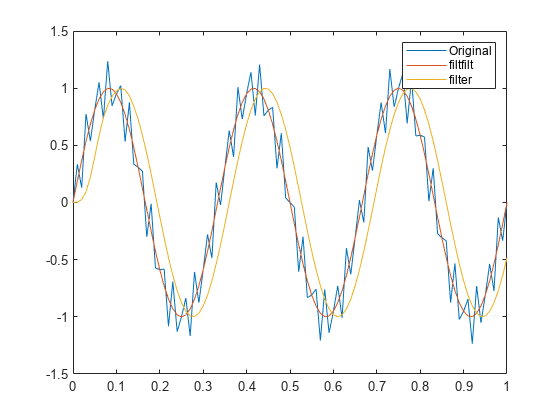Wanted to know the feasibility and usefulness of implementing Zero-Phase Anti-Causal filters such as those mentioned at this link in modern embedded signal processing applications given the advancement of devices on which these applications are now running, resource wise it should not be difficult to implement.
I.e., something like Matlab's filtfilt, as opposed to a typical causal IIR filter (picture from the same page):
The question I want to ask is that if it they are indeed used in practical systems with the advantage of zero-phase distortions or are there other variables in play as well due to which the traditional causal FIR filters are still preferred if non-linear phase distortion is not acceptable?

